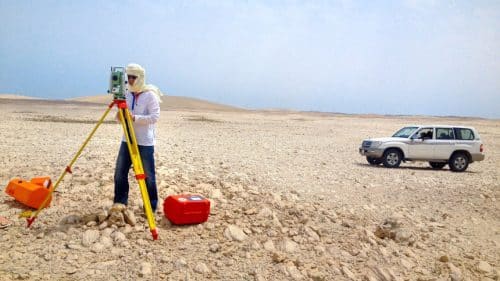Research suggests that sand dunes can breathe humid air! Read on to find out how scientists plan to measure this humidity.
A research team led by Michel Louge, Professor, Mechanical and Aerospace Engineering, Cornell University has designed a new form of instrumentation tool called capacitance probe. It uses a number of sensors to track everything from solid concentration to velocity and water content. All of this is done with unparalleled spatial resolution.
While other probes can measure large volumes of matter, Louge’s probes reach deep and are small, hence collecting data on a millimetre scale to determine the right quantity of moisture and sand density. But in order for probes to work in a new environment, they must be modified. So, Louge launched a decade-long process of trial and error, travelling to deserts in Mauritania and Qatar on a regular basis to experiment with various kinds of probes.

The investigation revealed how porous sand is, with a small quantity of air seeping through it. Early research had shown that this type of seepage could occur in sand dunes, but no one had been able to confirm it until recently. “The wind flows over the dune and as a result creates imbalances in the local pressure, which literally forces air to go into the sand and out of the sand. So the sand is breathing, like an organism breathes”, says Louge.
The scientists believe that their probe will be used for a variety of purposes, including studying how soils absorb and drain water in agriculture, calibrating satellite measurements over deserts, and investigating alien environments that may contain small amounts of water. Nevertheless, the detection of moisture contamination in pharmaceuticals is perhaps the most immediate application in mind. Since 2018, Louge has partnered with Merck to employ the probes in continuous production. In comparison to batch manufacturing, this has been considered as a faster, more efficient, and cost-effective technique.
“If you want to do continuous manufacturing, you have to have probes that will allow you, as a function of time, and everywhere that’s important, to check that you have the right behavior of your process”, says Louge.







